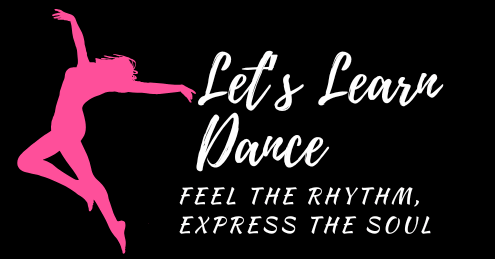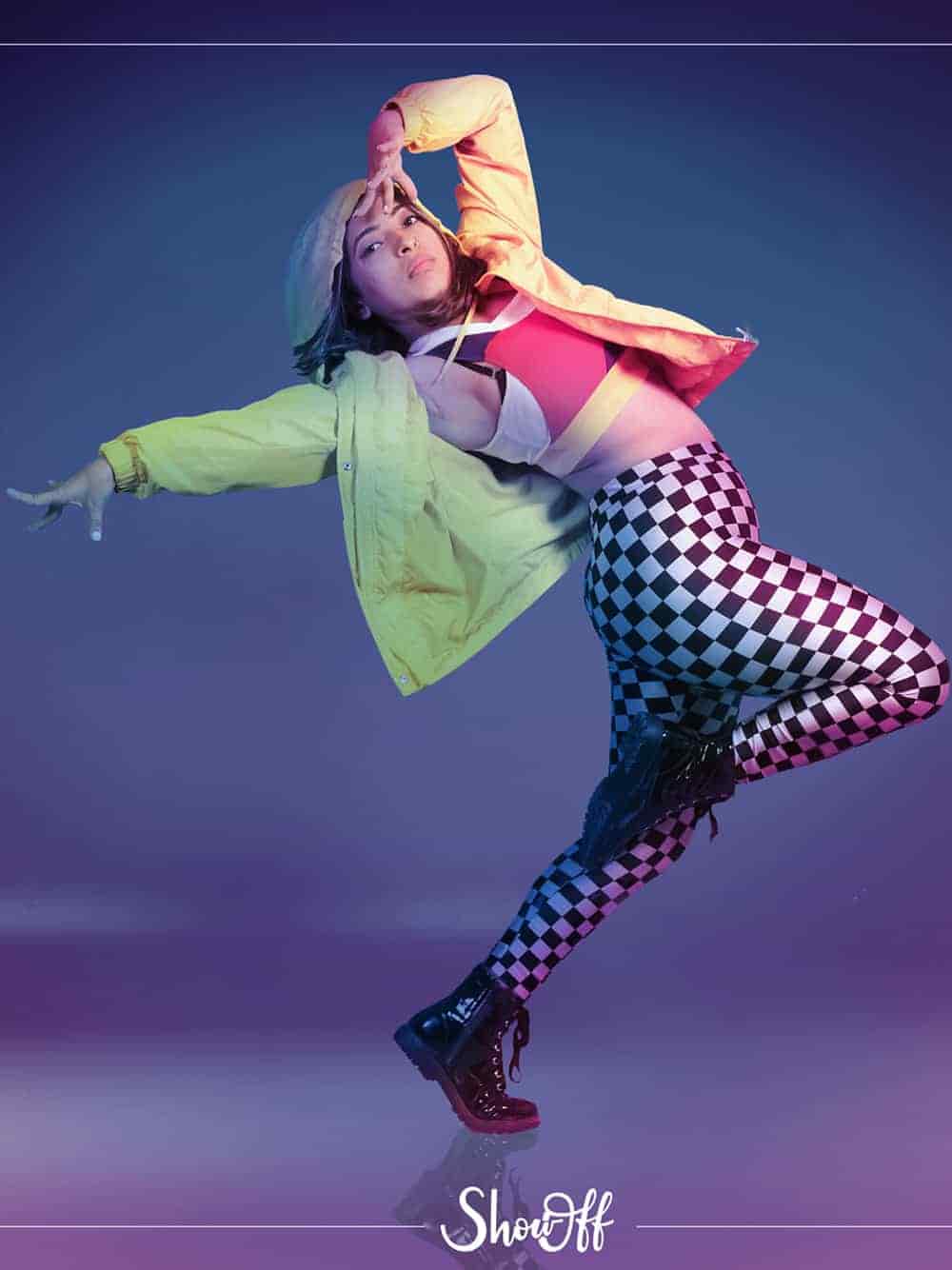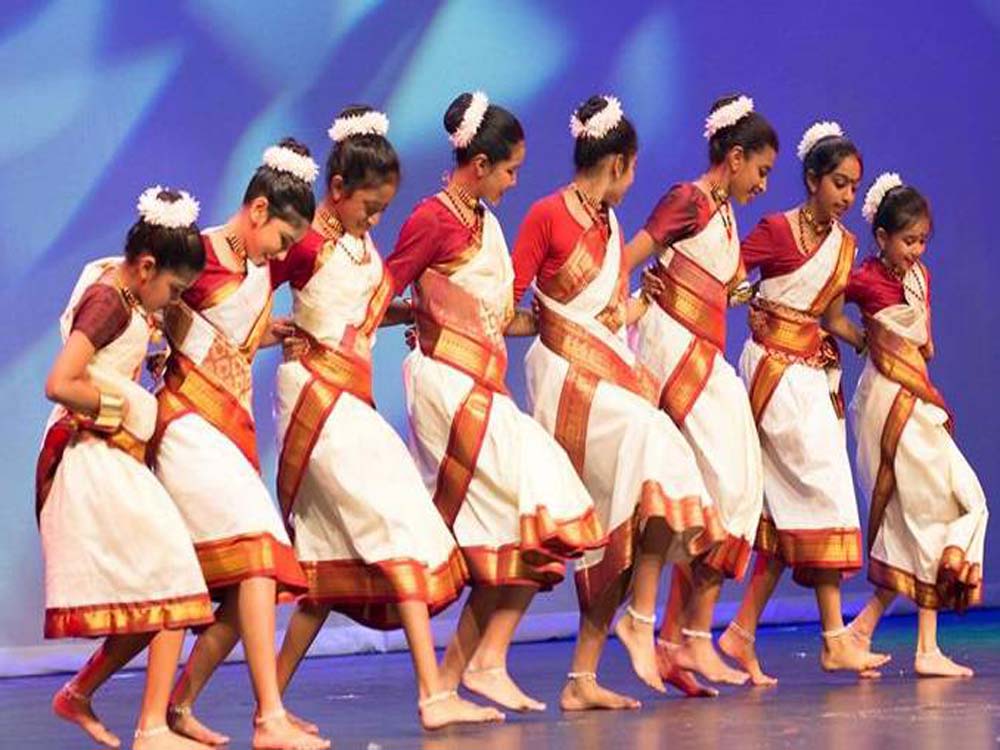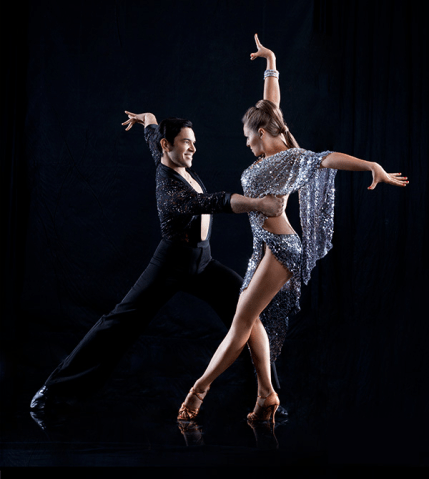
Ballroom Dance: Meaning, Origin, and Top 5 Styles

Meaning of Ballroom Dance
The partner dance style popular as Ballroom Dance is differentiated through its grace, elegance, and preciseness. Ballroom dance started in the 16th century in the European royal courts and has grown into a popular social activity and competitive sport around the globe. The term “ballroom” finds its origin in the word “ball”, which stems from the Latin ballare, meaning “to dance”, highlighting the space traditionally reserved for formal dancing events. Ballroom dance, which was originally only performed in formal official settings, is now common between dancers of all ages and capabilities. Usually, ballroom dancing takes place in pairs, with one person implementing the lead and the other following. Ballroom dance depends on the principles of rhythm, timing, posture, and coordinated footwork. Partners should be emotionally and musically linked, as they move in accordance with the music, in addition to physically interacting through frame and contact. Dancers must respond to subtle cues, communicate nonverbally, and maintain fluid coordination at all times.
Origin of Ballroom Dance
From royal courts to global competition stages, ballroom dance has an extensive and varied past. Ballroom dance is a group of partner dances which emerged in the West and nowadays are often seen performed in social and competitive situations. Ballroom dance is the starting can be traced in Europe in the late 16th century, especially in France and England, where the royalty took pleasure in dancing to music like the minuet and pavane. These dances, which were often performed at lavish balls in the courts of kings and queens, were differentiated through their sophisticated steps. The term “Ballroom”, once used to describe grand halls designated for formal dancing events, is derived from the Latin word ballare, which means “to dance”. Ballroom dancing started to grow more structured and accessible to the middle classes in the 18th and 19th centuries. Germany and Austria offered conception to dances such as the waltz, which became controversial but revolutionary. The waltz introduced the closed dance hold, which at the time was considered as intimate, in comparison to before dances where partners barely touched. The waltz quickly gained popularity and became the foundation for many following ballroom dances, despite being promptly challenged. Within the 19th and early 20th centuries, ballroom In the early 1900s, dance in the Americas evolved with the rise of new styles influenced by African beats, Latin American melodies, and the energy of jazz – leading to the creation of dynamic forms like the foxtrot, quickstep, and tango. In that time cultural exchanges and the increasing popularity of Latin music in the US and Europe resulted in the growth in popularity of Latin Dances such as the rumba, cha-cha, and samba.
Top 5 Styles of Ballroom Dance
You have heard of many dance styles but do you know that under Ballroom dance many dance styles came. Here we are going to tell the different but popular type of dance style that you have never heard are as:
- Waltz
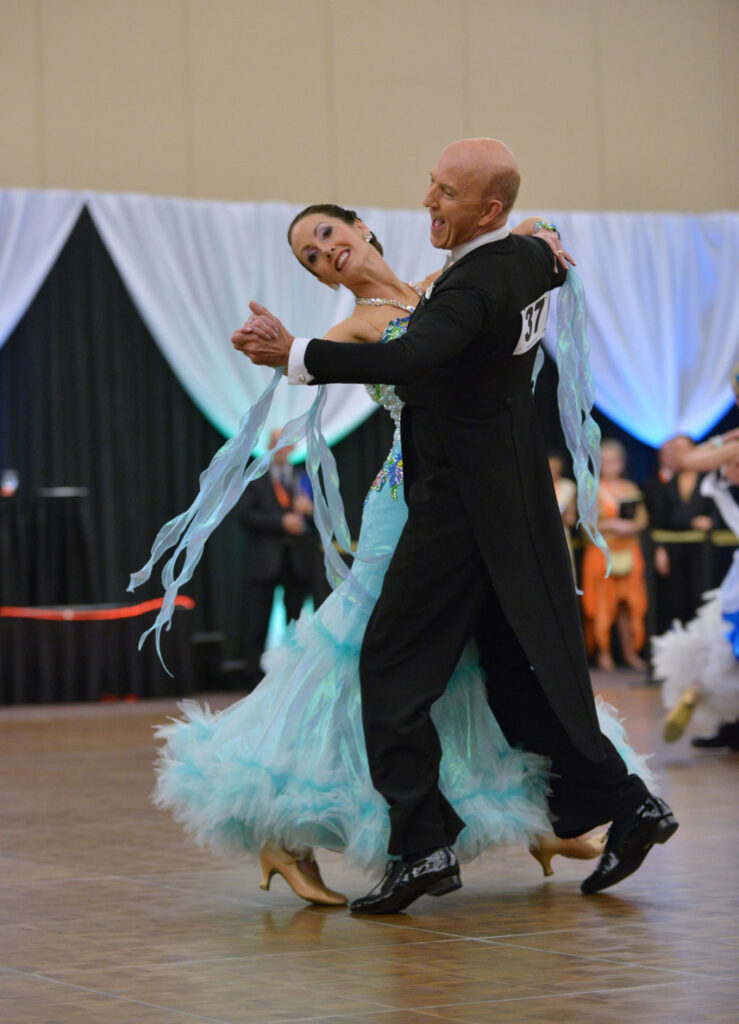
One of the most popular and gorgeous ballroom dances, the waltz is admired for its romantic environment, flowing actions, and outstanding turns. The waltz, that developed in Austria and Germany in the 18th century, has evolved into an essential part of ballroom dance, both professionally and competitively.The word “waltz” originates from the German term “walzen”, meaning “to roll” or “to turn”, perfectly capturing the dance’s smooth, continuous rotational movement. It developed from folk dances such as the triple-time turning dance popular as the Australian Landler. In the late 1700s, the waltz made its way into Vienna’s elite ballrooms, quickly gaining popularity for its bold and intimate closed-hold embrace, which set it apart from earlier dances. Formal dances up until this point were more muted and required not much physical contact between partners. While numerous individuals considered the waltz embrace – in which partners danced face-to-face and placing one arm around the other – to be scandalous, it quickly grew extremely common.
- Tango
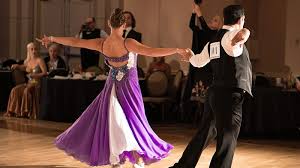
One of the most dramatic and passionate ballroom dance styles is tango, which is known for its elegance, passion, and accurate movements. Tango developed as a mixture of African, European, and Latin American cultural influences in the working-class communities of Montevideo, Uruguay, and Buenos Aires, Argentina, in the 19th century. In the early 20th century, what launched as a street dance swiftly changed into an extremely considered art form which acquired popularity in both Europe and North America. Tango emerged among immigrant and disadvantaged populations in port cities, where movement, emotion, and music came jointly to create a common means of expression. With a firm embrace and decorated actions that reflected the music’s emotional intensity, it was initially performed in community bars and dance halls.
- Foxtrot
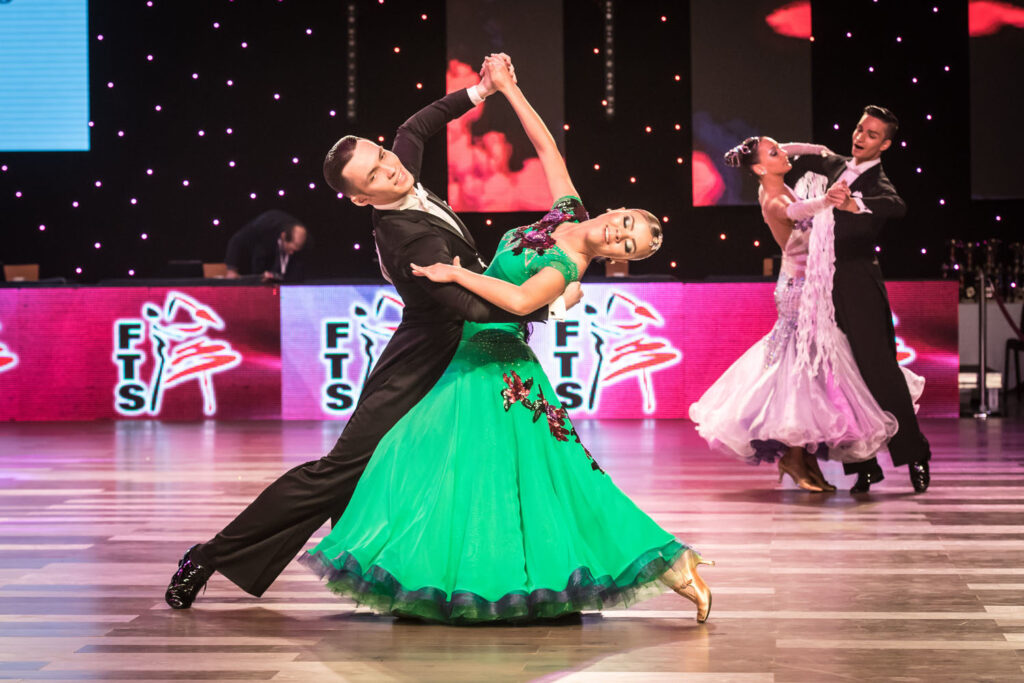
Developed in the early 1900 the Foxtrot is an advanced and smooth ballroom dance style that has since acquired recognition in both social and competitive dance locations. The foxtrot was one of the most famous dances in the Standard ballroom category due to its sophisticated style and fluid movements that combine grace and rhythm. Harry Fox, an American vaudeville performer who promoted a new trotting step style to ragtime music in the 1910s, is often given credit for inventing the foxtrot. Dance instructors improved and developed his steps into what would become known as the foxtrot soon after his cheerful performance captured a lot of interest. The dance first captured attention in American dance halls before eventually making its way across the Atlantic to Europe.
- Cha-Cha: The Flirtatious Rhythm of Latin Dance
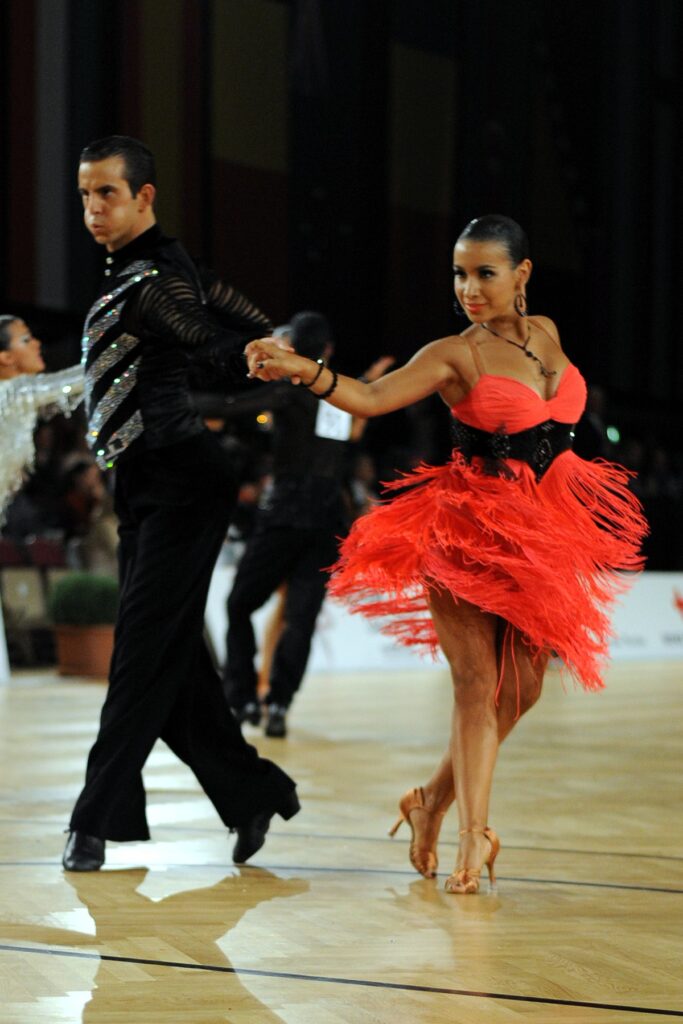
Energetic, playful, and rhythmically captivating, the Cha-Cha is a Latin ballroom dance that has enchanted performers and audiences across the globe. Cha-Cha, which combines specific technique with playful expression, is popular for its vibrant energy, skilled footwork, and cheeky personality. It started in Cuba in the early 1950s, and acquired recognition rapidly in international competitions as well as social dance halls. The Danzon and Mambo, two Cuban dances that turned popular in the early 20th century, are where the Cha-Cha get its origin. In an attempt to generate a new rhythm and feel, dancers in Havana began to incorporate a further syncopated triple step into the Mambo. The name originated with this distinctive step, that gave it a sound such as “cha-cha-cha.” The initial Cha-Cha music was generated through Cuban composer Enrique Jorrin, who created something easier for dancers to follow the beat.
- Rumba
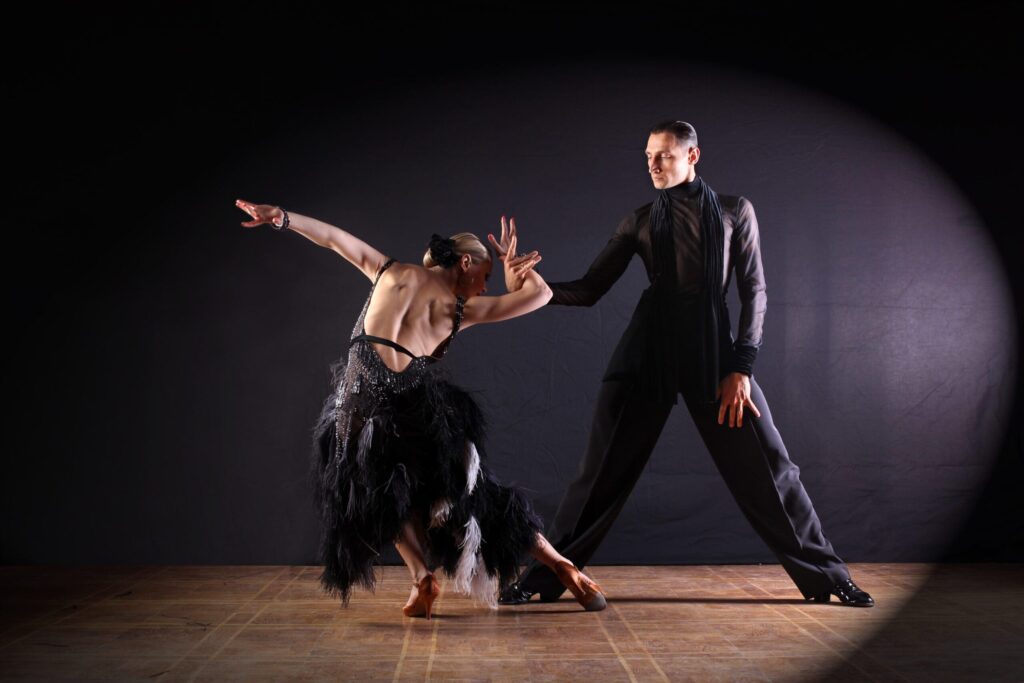
Rumba, often celebrated as the “romance in motion”, stands out as one of the most emotionally charged and sensually expressive styles in the world of ballroom dance. Rumba started in Cuba at the start of the 20th century and emerged from Spanish melodies and Afro-Cuban rhythms, combining African drum beats with European music’s lyrical influence. The rumba, one of the five Latin dances accomplished in international ballroom competitions today, gets recognition for its slow, enthusiastic actions and closeness between partners. African slaves and their descendants used music and dance as a way of storytelling and emotional release in Cuba’s rural areas, that is where the rumba got its origin. These early Afro-Cuban dances were marked through expressive body language, travelling hip movements, and strong rhythms. As the dance transformed from a street performance to a more structured form, melodic elements were introduced through Spanish influence. Rumba was further created and altered for ballroom settings when it showed up in the United States and Europe in the early 1900s.
